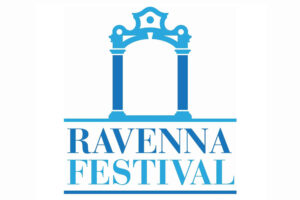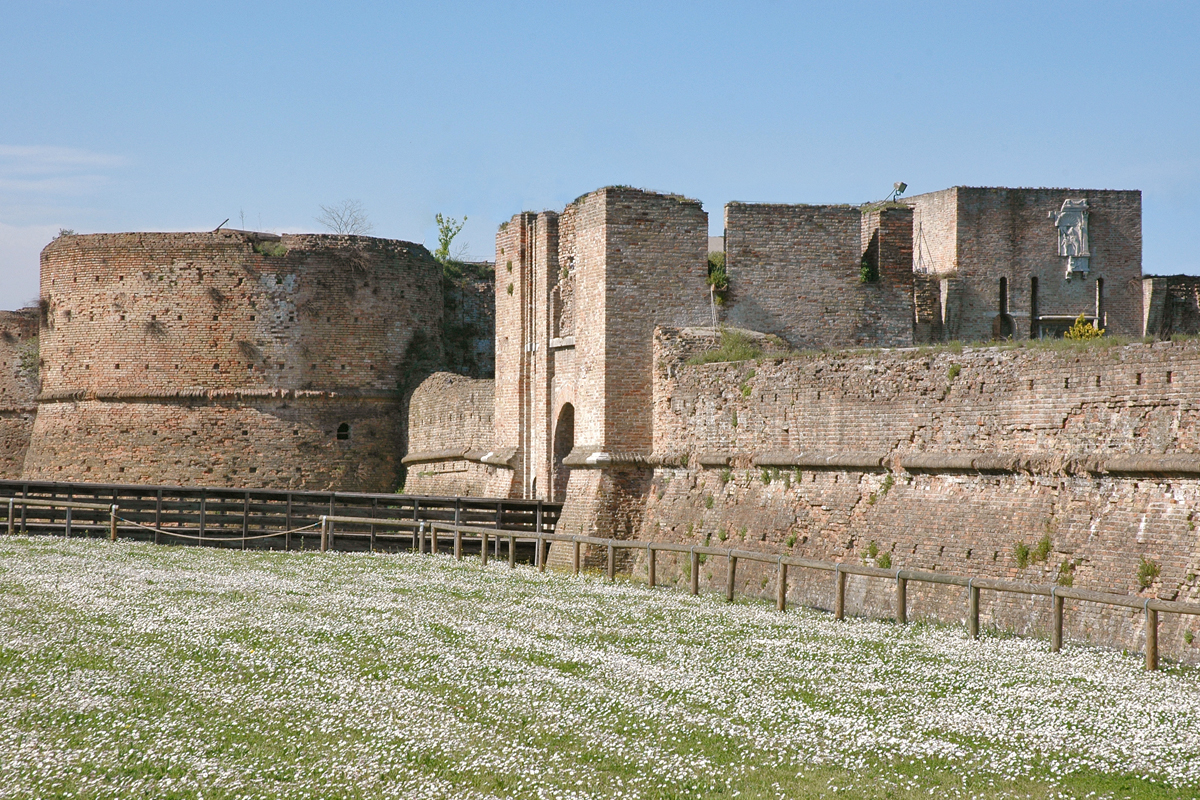The centre of Ravenna has a thousand-year-old stratification of history and buildings that withess its long existence.
Around the primordial core of the city it is still possible to see the remains of the ancient defensive walls – some of which are well visible, others difficult to find.
As many other centres under Roman influence, on the occasion of the war with Hannibal (end of the 3rd century BC), during the Roman Republic also Ravenna was equipped with a city wall.
When the city became capital of the Western Roman Empire in 402 AD, emperor Honorious decided to further enlarge the city wall, replacing the previous one.
With a height of 9 metres and a thickness of 2,5 metres, the fortifications of Ravenna were only inferior to the ones of Milan and Rome.
With the end of the golden age of the city (5th-7th century AD), during the Middle Ages the walls were reinforced with towers, new access gates and a fortress, and then progressively dismantled and incorporated in the urban fabric.
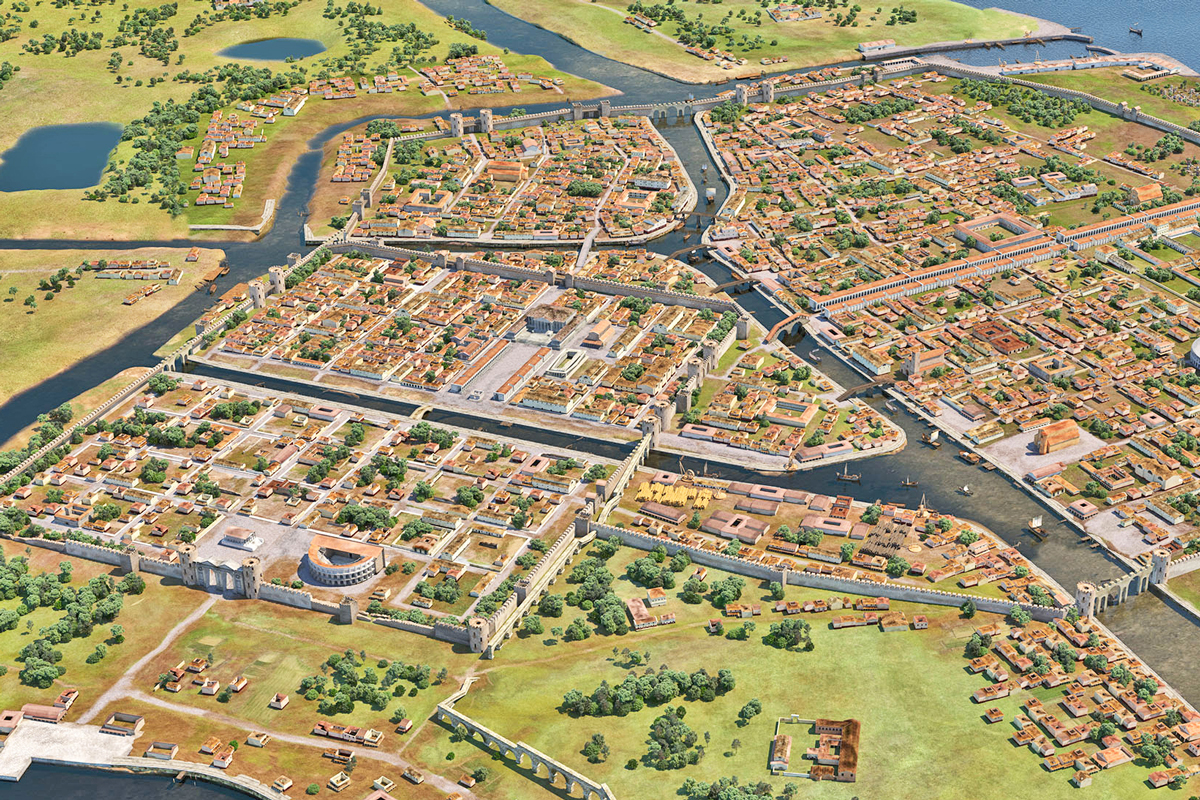
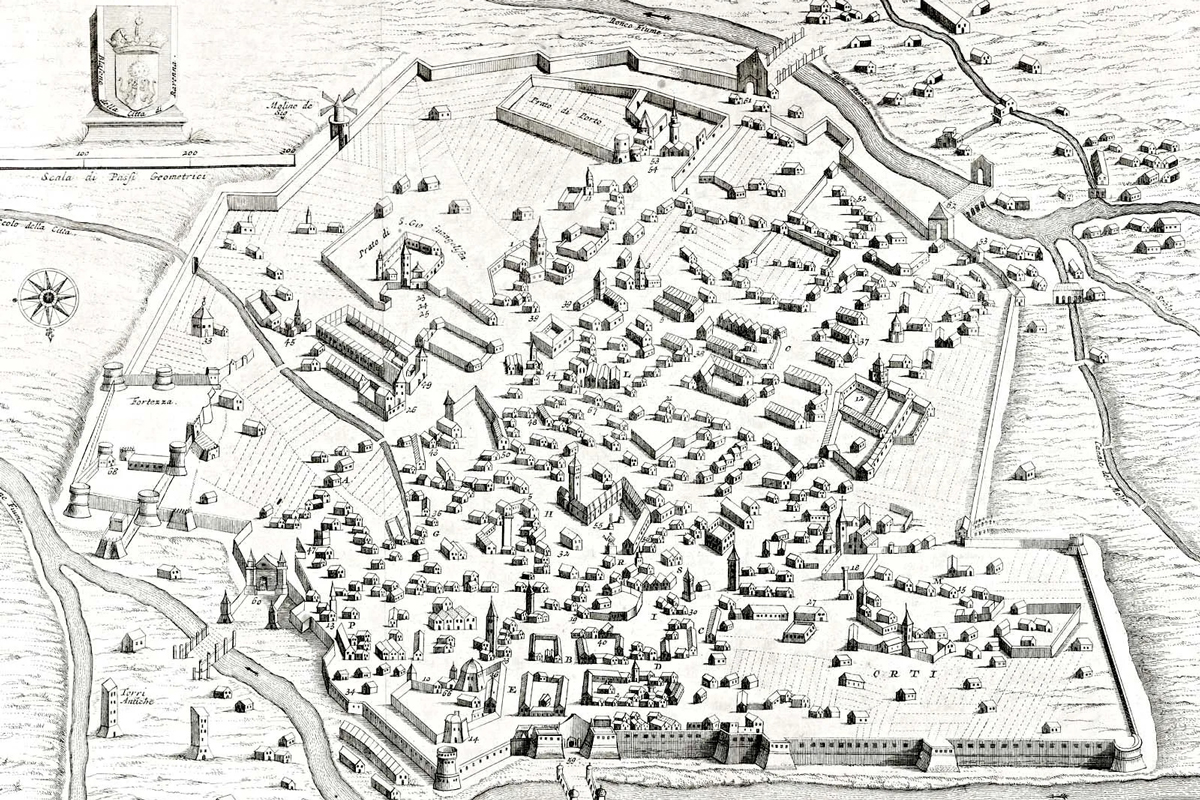
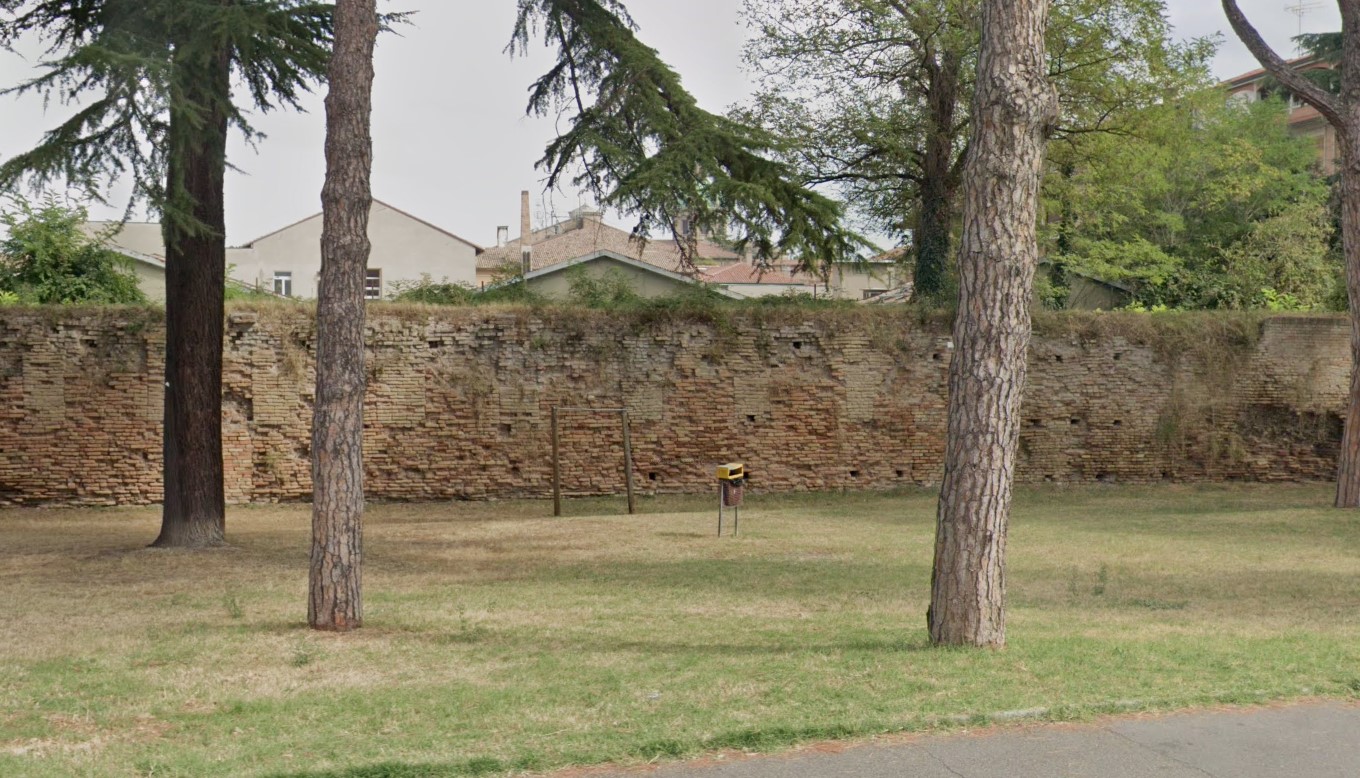
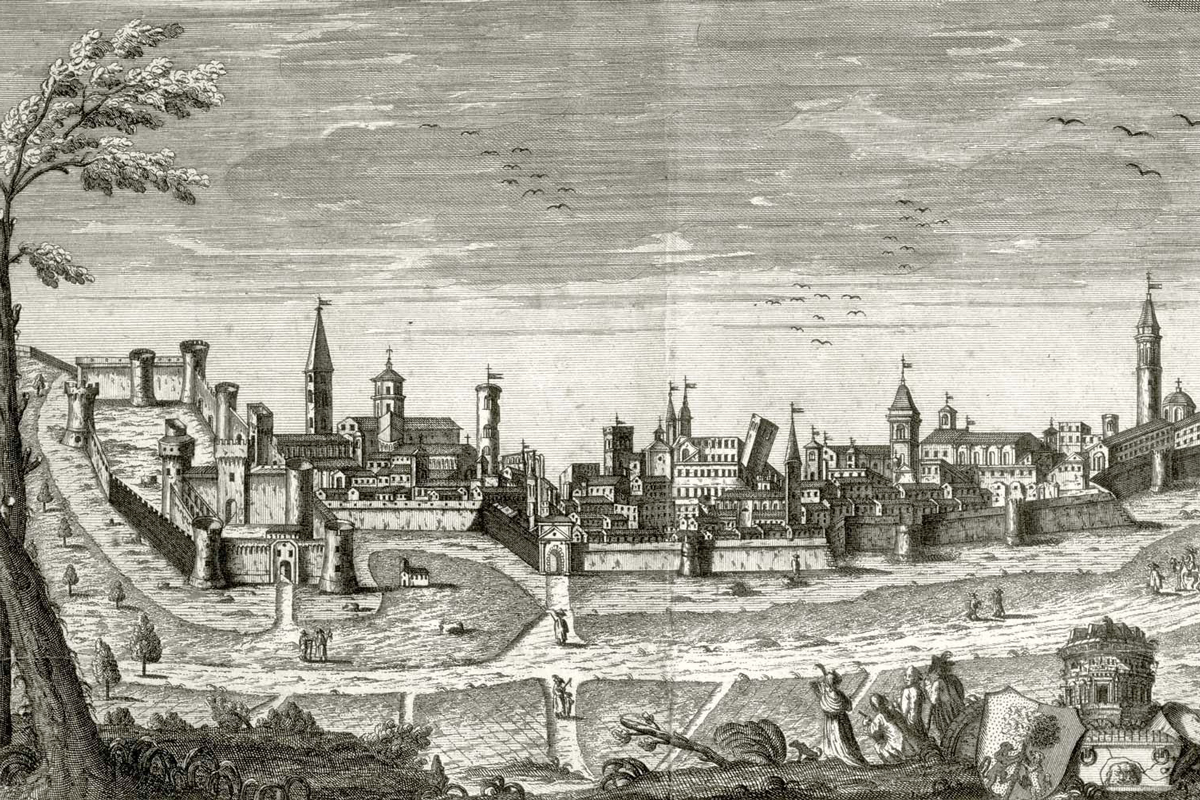




Discover the walls
Today, it is still possible to admire and discover the walls of Ravenna and their secrets on foot and by bike thanks to a 5-km loop itinerary through 23 centuries of history.
A perfect starting point is Porta Teguriense, dating back between the 5th and the 9th century AD and which still shows traces of the external arch, the side bastions and the base of the quadrangular tower.
A little further on, going counterclockwise along Via Mura di San Vitale, you get to Porta Adriana, one of the most beautiful and imposing of the city.
Beyond Viale Baracca, after passing by Church of Santi Giovanni e Paolo featuring a medieval watchtower, you reach Via Oberdan, from which a walkable path on the walls starts.
Shaded by holm oaks and cypress trees and adorned with box and hawthorn, the path leads to the Church of Madonna del Torrione, built on the foundations of Torre Zancana.
The path then goes down to Via Cura with a short staircase and ideally goes on across the road, but this part is momentarily closed for maintenance.
Alternatively, it is possible to go on to the left along the road and turn right in Via San Pietro Crisologo or, for a shorter way, along Circonvallazione al Molino.
Here are the remains of Porta Aurea, which marked the beginning of the ancient Roman decumanus. Here also begins the longest portion of the walls, where it is possible to catch sight of the ancient crenellation, made of various materials and orderer by Valentinian III.
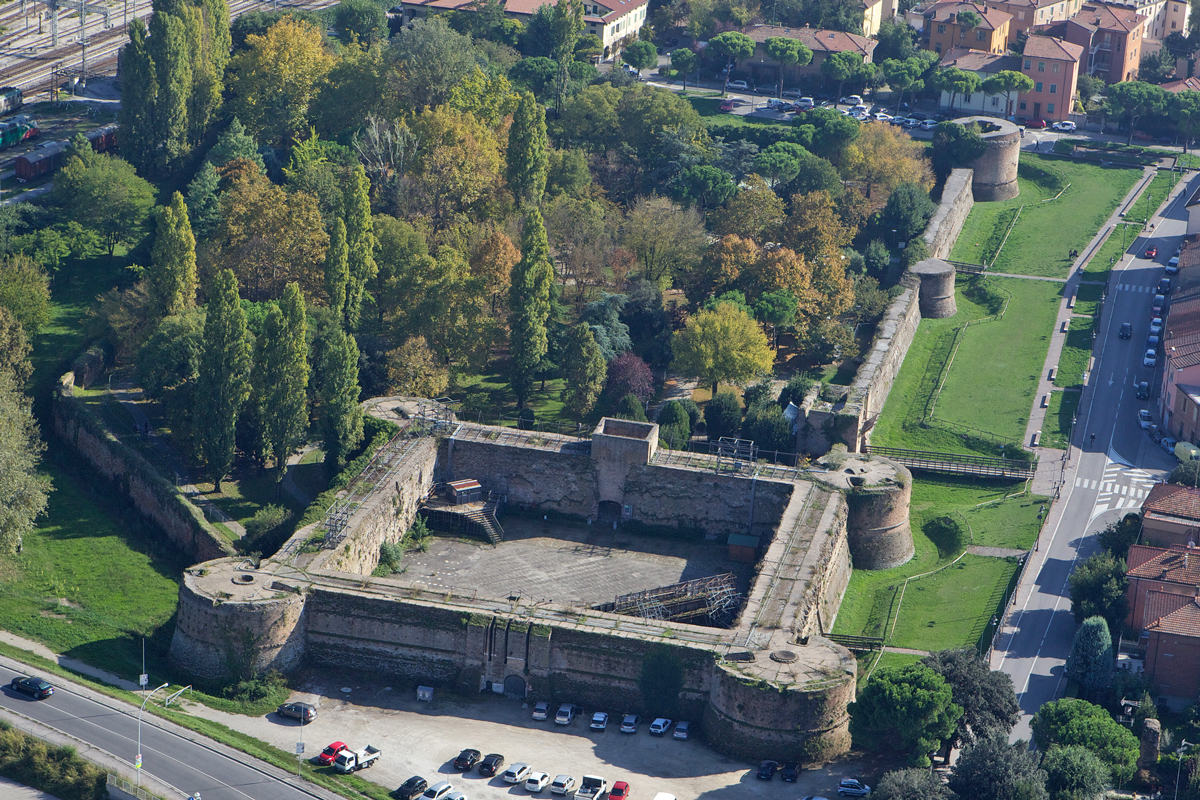
Once you get past Torrione dei Preti, you return on Via Mura di Porta Gaza, in an area that once hosted a fort and an armoury, both protagonists of the Battle of Ravenna.
The following section still shows, in the names of the streets, the course of the ancient fortifications: Via Corti alle Mura, Porta Sisi, but most of all Via Zagarelli alle Mura, where another portion of wall is clearly visible.
In this part of the street there is also one of the oldest houses of Ravenna, which was owned by the Da Polenta family and dates back to teh 13th century.
According to a local tradition, which by the way is not verifiable, this was the birthplace of the famous Francesca, daughter of Guido Minore and whose adultery with Paolo Malatesta is recounted by Dante Alighieri in the 5th canto of the Inferno.
The following section of the itinerary goes on with the charming Public Gardens of Ravenna, from which it is possible to admire the Loggetta Lombardesca, house of the MAR – Ravenna Art Museum.
On the right, along the railway line, are other remains of the walls and the bastions, some of which are now part of more recent buildings.
The remains of Porta San Lorenzo, for example, have become the entrance of an apartment building that marked the road to the Cesarea suburb, halfway between the fortified city and Classe. The ones of Porta Wandalaria – named after a Goth king – are instead partially underground but still visible.
Moving forward, you reach the area of the Darsena, where the walls where demolished around 1863 to build the railway station. In this area, it is still possible to see the remains of Porta Alberoni, along Via Candiano.
At the end of Via Maroncelli is the imposing Rocca Brancaleone fortress, built by the Venetians in the 15th century, hosting today a public garden, a restaurant and an open-air cinema in summer.
This area was fundamental for the defence of the city and the walls had to be quite imposing. Some remains of the so-called Porta dei Veneziani can be seen from a private garden in Via Miniago.
From here, passing through Via Falier, go back along Via Venezia to reach Porta Serrata. You will have the possibility to admire other remains of the walls along the street and until Via Pier Traversari, easily reachable thanks to a walkway beyond the Torre Umbratica parking area.
Here, even if it is walled up and only slighlty protruding from the ground, the ancient Posterula Vincileonis makes its appearance. It allowed boat access along one of the various canals that went through Ravenna in ancient times.
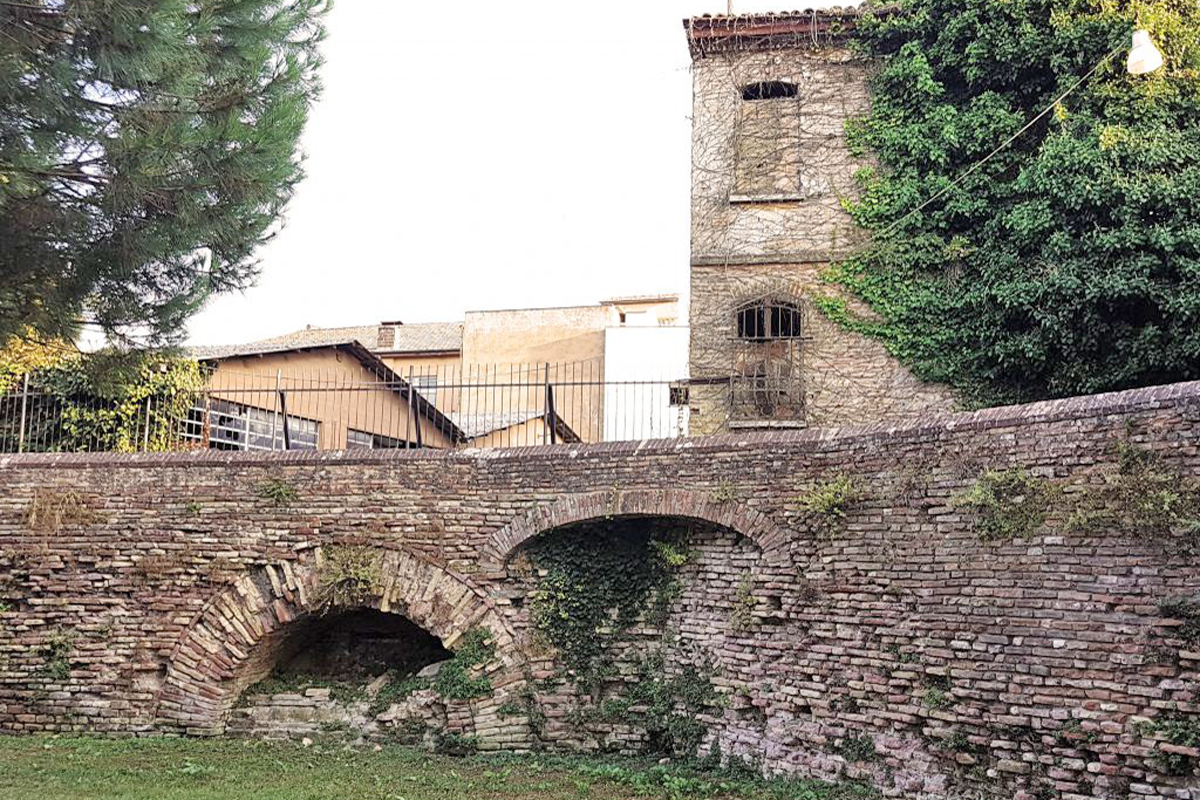
Once you have admired the remains of another bastion at the beginning of Via Traversari, we suggest you go a bit backwards and take Via Don Minzoni.
On the left, behind a series of houses, it is still possible to see the solid line of the ancient fortifications. At the crossroads with Via Sabbionara, on the left, there is another well visible tower inside a private garden.
On the left, it is impossible not to see the imposing complex hosting the National Museum, the Basilica of San Vitale and the Mausoleum of Galla Placidia, two of the eight Unesco World Heritage Monuments in Ravenna.


